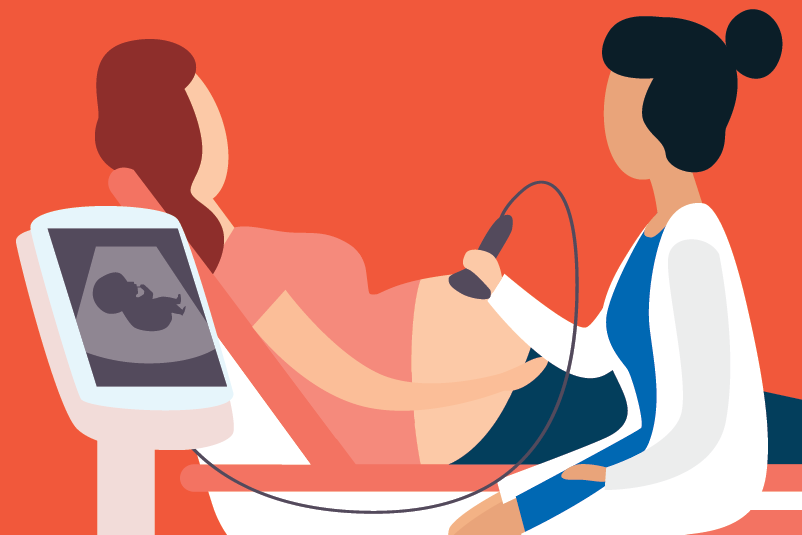#239 Need milk? Domperidone for increasing breast milk supply

Reading Tools for Practice Article can earn you MainPro+ Credits
Join NowAlready a CFPCLearn Member? Log in
- Efficacy:
- Newest systematic review of 5 placebo-controlled trials of 192 breastfeeding mothers of pre-term infants. All used 10mg PO TID for 5-14 days:1
- Mean increase in expressed breast milk volume: 88 ml/day over placebo.
- Maternal adverse effects: no difference.
- Infant adverse effects: either no difference or not reported.
- Newest systematic review of 5 placebo-controlled trials of 192 breastfeeding mothers of pre-term infants. All used 10mg PO TID for 5-14 days:1
-
- Largest RCT from above systematic review (90 mother-baby pairs):2
- Women with 50% increase in milk supply at 14 days: 78% domperidone versus 58%, Number Needed to Treat (NNT)=5.
- Mean daily milk volume: 267 ml domperidone versus 168 ml (not statistically different, but likely underpowered).
- No difference in breastfeeding rates at 6 weeks.
- Largest RCT from above systematic review (90 mother-baby pairs):2
- Cardiac harms:
- Canadian observational study of 45,518 women given domperidone in the 6 months postpartum:3
- Risk of hospitalizations for ventricular arrhythmia: 1.3/10,000 (domperidone) versus 0.55/10,000 (no domperidone): no statistical difference.
- If real, would equal a number needed to harm of 12,950.
- Systematic review of 6 case control studies, mainly in men over age 60:4
- Arrythmia risk highest in doses >30 mg/day (OR=3.32) versus ≤30 mg/day (OR=1.63).
- Risk of hospitalizations for ventricular arrhythmia: 1.3/10,000 (domperidone) versus 0.55/10,000 (no domperidone): no statistical difference.
- Canadian observational study of 45,518 women given domperidone in the 6 months postpartum:3
- Small RCTs (7-15 women) found no difference in efficacy between 30mg/day and 60mg/day.5,6
- Low amounts of domperidone enter breastmilk (example <7mcg/day based on 80mg daily dose),7 but infant adverse effects similar to placebo.2,7
- In 2015, Health Canada warned of domperidone use and abnormal heart rhythms/sudden cardiac death. While available evidence may not apply to breastfeeding population, domperidone is contraindicated if risk of arrhythmias (examples cardiac disease/conduction abnormalities, concurrent QTc prolonging drugs or potent CYP3A4 inhibitors).8
- There is insufficient evidence on the use of herbal galactagogues (example fenugreek).9






